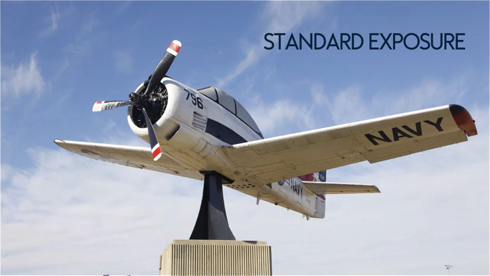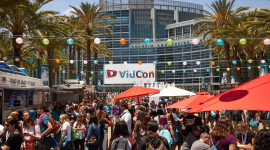
How to Create HDR Timelapse Videos
Learn how to create an edgy HDR timelapse video using your DSLR and video editing application like Adobe After Effects.
In an earlier post we rounded up the very best HDR videos, terrific projects ripe for creative inspiration. You may be wondering, “so how do I give MY video projects that unique look?”
HDR, or high dynamic range, is a type of imaging that allows for a wide range between the lightest and darkest areas of an image. Traditional HDR photography is done by taking multiple pictures at different exposure levels and then combining them. With still photography its a straightforward process, but it gets a bit more complicated with HDR video.


In the following video tutorials, Drew Geraci over at TheVoder.com shares his formula for creating high quality HDR timelapse videos. The basis of his training comes from his own work creating HDR videos – some of his work was featured in our “best of” roundup!
The HDR video tutorials are broken into two sections. The first covers setting your camera up for shooting an HDR timelapse, while the second video explores post production techniques in After Effects and an application called HDR Expose.
Although Drew demos his camera setup with a Canon 5D Mark II, the changes can be applied with any pro camera model.
HDR video tips in the 1st tutorial include:
- Shooting in manual mode and continuous shooting.
- Bracketing your camera for multiple shots with different exposure settings.
- Manually set your white balance.
- Working with a remote timer to set shooting intervals and frame capture.
HDR video tips in the 2nd tutorial include:
- Running your images through Photoshop Image Processor to compress the quality of the image (for shorter processing times)
- Using HDR Expose to merge images and create a custom HDR recipe (HDR Expose avaliable for PC and MAC here).*
- Bring merged images into After Effects to compile into video composition.
- Adding curve effects to modify brightness, contrast and highlights.
For a free scripting option see Anthony van Winke’s advanced HDR auto-stacking script for Adobe Bridge (requires some comfortability with scripting).
For anyone interested in creating HDR videos, these tutorials provide a great jump-off point. Big thanks to Drew Geraci for sharing them with the photography and video production communities!
How do you create your HDR videos? Do you use a different workflow?
Let us know in the comments!






